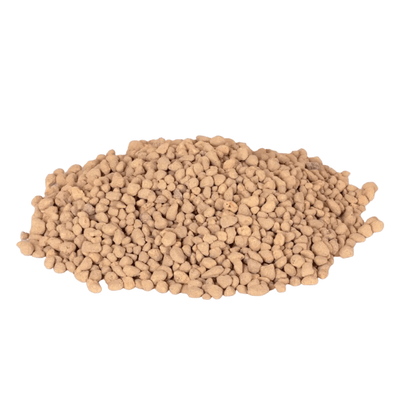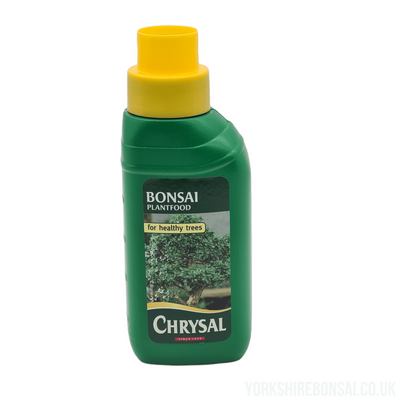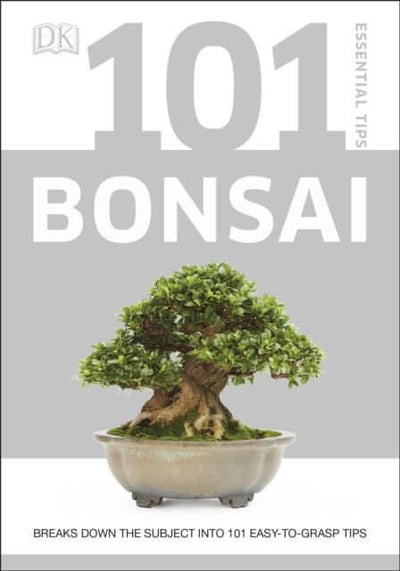Care Guide For Cotoneaster Bonsai Trees
Cotoneaster bonsai trees can be grown both indoors and outdoors, and the care requirements may differ slightly depending on their location. Here is a care guide for Cotoneaster bonsai trees in both indoor and outdoor environments:
Indoor Cotoneaster Bonsai Trees:
-
Watering: Cotoneaster bonsai trees grown indoors require consistently moist soil. Water your tree when the soil feels slightly damp to the touch, and never allow the soil to dry out completely. Water slowly and deeply, ensuring that the water reaches the roots.
-
Lighting: Cotoneaster bonsai trees prefer bright, indirect sunlight when grown indoors. Place your bonsai tree near a south-facing window or under grow lights.
-
Temperature: These trees prefer cooler temperatures, ideally between 60-75°F (15-24°C). Avoid placing your bonsai tree in hot, dry environments or in drafty areas.
-
Humidity: Cotoneaster bonsai trees grown indoors require moderate humidity levels. Place a humidity tray or humidifier near your tree to maintain moisture levels.
-
Fertilization: Cotoneaster bonsai trees require regular fertilization during the growing season (spring to fall). Use a balanced, water-soluble fertilizer every two weeks.
-
Pruning: Regular pruning is necessary to maintain the shape and size of your bonsai tree. Prune back any new growth to one or two leaves, and remove any dead or yellowing leaves. Cotoneaster bonsai trees also require occasional pruning to encourage new growth and maintain the tree's shape.
-
Repotting: Your Cotoneaster bonsai tree grown indoors should be repotted every two to three years in fresh, well-draining soil. Repotting should be done in the early spring before new growth begins.
Outdoor Cotoneaster Bonsai Trees:
-
Watering: Cotoneaster bonsai trees grown outdoors require consistently moist soil. Water your tree when the soil feels slightly damp to the touch, and never allow the soil to dry out completely. Water slowly and deeply, ensuring that the water reaches the roots.
-
Lighting: Cotoneaster bonsai trees grown outdoors prefer partial to full sun exposure. Place your bonsai tree in an area with good natural light, preferably a south-facing location.
-
Temperature: These trees prefer cooler temperatures, ideally between 60-75°F (15-24°C). Protect your bonsai tree from extreme heat or cold by providing shade or bringing it indoors during extreme weather.
-
Humidity: Cotoneaster bonsai trees grown outdoors require moderate humidity levels. Mist the leaves regularly, and place a humidity tray near your tree to maintain moisture levels.
-
Fertilization: Cotoneaster bonsai trees require regular fertilization during the growing season (spring to fall). Use a balanced, slow-release fertilizer once a month.
-
Pruning: Regular pruning is necessary to maintain the shape and size of your bonsai tree. Prune back any new growth to one or two leaves, and remove any dead or yellowing leaves. Cotoneaster bonsai trees also require occasional pruning to encourage new growth and maintain the tree's shape.
-
Repotting: Your Cotoneaster bonsai tree grown outdoors should be repotted every two to three years in fresh, well-draining soil. Repotting should be done in the early spring before new growth begins.
By following these care guidelines, you can enjoy a healthy and beautiful Cotoneaster bonsai tree whether it's grown indoors or outdoors.








